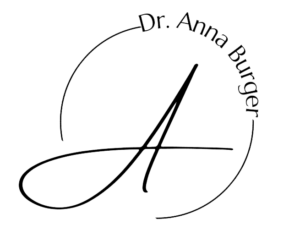What Causes Jowls?
Jowls develop due to a combination of natural aging processes and genetic predisposition. Several key factors contribute to their formation:
- Fat Pad Descent: Over time, the fat pads in our face shift downward due to gravity, leading to volume loss in the midface and excess skin in the lower face.
- Muscle Movement: Continuous facial expressions and muscle activity can pull the skin downward, especially around the lower face and neck.
- Bone Resorption: The jawbone naturally recedes with age, reducing structural support for the skin and soft tissues.
- Genetics: Some individuals are more predisposed to developing jowls due to their inherited facial structure and skin quality.
- Skin Aging: As we age, collagen and elastin production decline, leading to decreased skin elasticity and firmness.
- Weight Fluctuations: Significant weight gain or loss can contribute to skin laxity, making jowls more pronounced.
How to Improve Jowls?
While jowls are a natural part of aging, there are effective ways to minimize their appearance, both at home and in-office.
At-Home Strategies
- Sun Protection: UV exposure accelerates collagen breakdown, so daily SPF use is essential.
- Topical Retinoids: Retinoids help stimulate collagen production, improving skin elasticity over time.
In-Office Treatments
- Restoring Structure & Removing Excess Volume:
- Filler for Jawline Enhancement: In patients with a weak jawline, dermal fillers can add definition and structure, improving the transition between the face and neck.
- Cheek Augmentation: Replacing lost volume in the cheeks with fillers can lift the lower face indirectly.
- Botox for Platysma Relaxation: Overactive platysma muscles can pull the skin downward; Botox injections can relax them, helping to refine the jawline.
- Kybella or Liposuction for Excess Fat: If jowls are caused by excess fat, Kybella injections (deoxycholic acid) or liposuction can help sculpt a more defined jawline.
- Lifting Sagging Skin:
- Thread Lifts: Dissolvable threads can provide a subtle lifting effect, though results are temporary.
- Juliäne Biostimulator: A cutting-edge treatment that enhances collagen production, improves skin quality, and offers a firming effect—an excellent option before considering surgery.
- Facelift: The most effective and long-lasting solution for significant jowls, a facelift repositions deep tissues and removes excess skin for a naturally rejuvenated appearance.
Final Thoughts
Jowls are a multifactorial issue, but with the right combination of skin care, injectable treatments, and—when necessary—surgical interventions, their impact can be significantly reduced. Consulting with a board-certified plastic surgeon will help determine the best approach for your individual needs.

